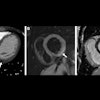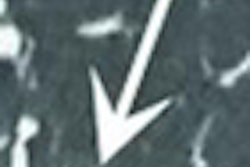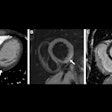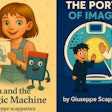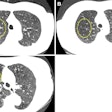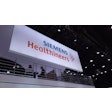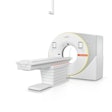Dear AuntMinnie Member,
Mammography experts are firing back at a recent study in the New England Journal of Medicine that raised questions about the value of breast screening.
Dr. László Tabár and Dr. Peter B. Dean took issue with the November study, as well as an accompanying editorial in the New York Times, in which researchers questioned the value of screening mammography. The NEJM authors cited the alleged rate of "overdiagnosis" in screening programs, discounting mammography's role in the 30% reduction in deaths from breast cancer that has occurred since the 1970s.
But the NEJM paper is full of misleading conclusions and unscientific assumptions, according to Drs. Tabár and Dean, who to prove their point cited the use of what they call "terms of imprecision" 71 times in the study.
They reiterate the scientific support for breast screening in an editorial that you can read by clicking here, or visit our Women's Imaging Digital Community at women.auntminnie.com.
Meanwhile, Japanese researchers are weighing in on the value of iterative reconstruction technologies for reducing CT radiation dose. They compared a second-generation algorithm, model-based iterative reconstruction (MBIR), to its first-generation predecessor, adaptive statistical iterative reconstruction (ASIR), and found that the newer technology can cut dose sharply while maintaining image quality. Learn more by clicking here, or visit our CT Digital Community at ct.auntminnie.com.
Professionalism in radiology has risen in importance recently, as indicated by a presentation at last month's RSNA 2012 meeting that explores how professionalism should be taught to radiology residents. Researchers found that many residents weren't familiar with widely circulated guidelines on professional behavior among physicians. Do you know about the guidelines? If not, learn more by clicking here, or visit our Residents Digital Community at residents.auntminnie.com.
Finally, medical imaging utilization experts Dr. David C. Levin and Dr. Vijay Rao have turned their attention to radiology's most widely used modality, chest radiography. They found that over the past decade, x-ray utilization remained stable while use of high-tech modalities such as CT and MRI ebbed and flowed. What's behind the difference? Find out by clicking here, or visit our Digital X-Ray Community at xray.auntminnie.com.
